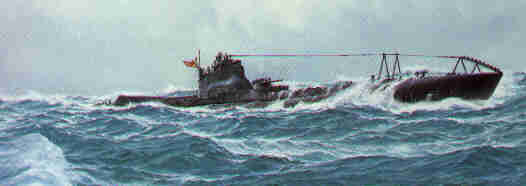SENSUIKAN!




Mr. Robert D. Hackett is a military historian and researcher. Retired from the United States Air Force and later from the aerospace industry, he resides in Florida.
Mr. Sander Kingsepp of Estonia is also a military historian and researcher. He is an editor of a construction magazine. A talented linguist, Sander's translations of Japanese source materials have added immeasurably to these TROMs.
Bob and Sander prepared the TROMs on the IJN's submarines presented on the SENSUIKAN! pages and for the IJN's battleships and cruisers presented on the SENKAN! and JUNYOKAN! pages and are major contributors to the TROMs of various classes of auxiliaries detailed on TOKUSETSU KANSEN! and its related pages.
Questions to the authors concerning these TROMs should be posted on the Discussion and Questions board.

